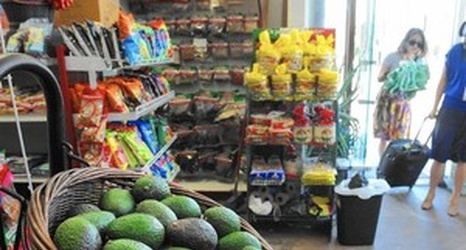Growing up in Los Angeles' historic Filipinotown, Ailene Ignacio didn't reflect much on healthful eating. She ate where her family ate, usually at one of the neighborhood's fast-food joints serving burgers, tacos and teriyaki bowls.
There was also the nature of Filipino food. Unlike many other Asian cuisines, it skewed heavily toward the top of the food triangle, with meat-heavy dishes. Virtually every ulam, or entree, came with a heaping serving of rice. The local Filipino restaurants served salty, fried fare.
Filipinotown is a food desert, a neighborhood high in fast-food joints and low in grocery stores and healthful eating options, said Ignacio, the project leader for the Asian and Pacific Islander Obesity Prevention Alliance.
